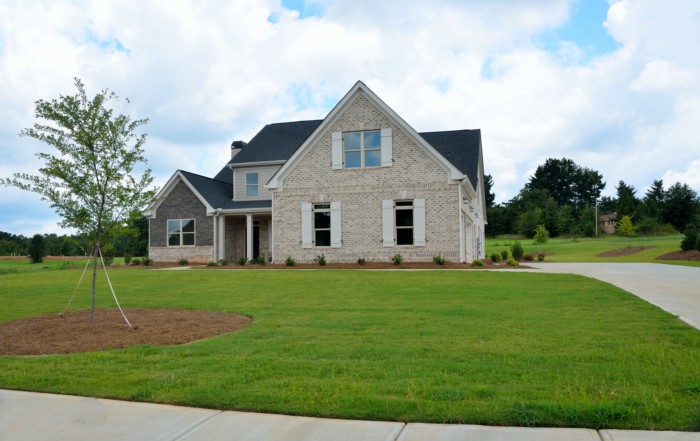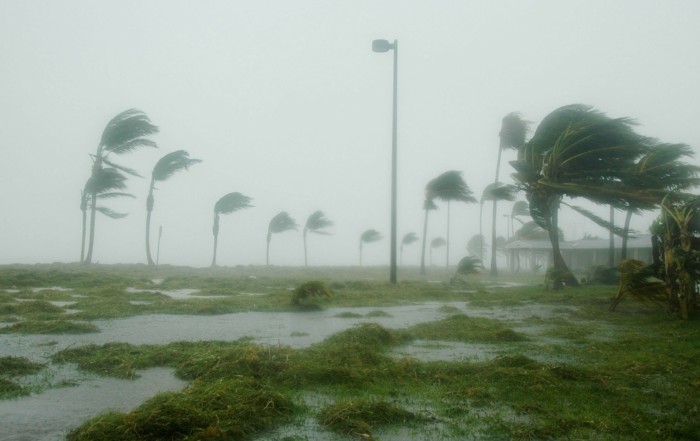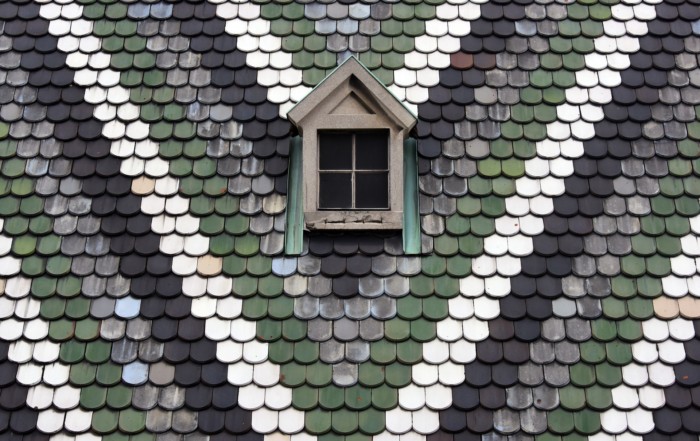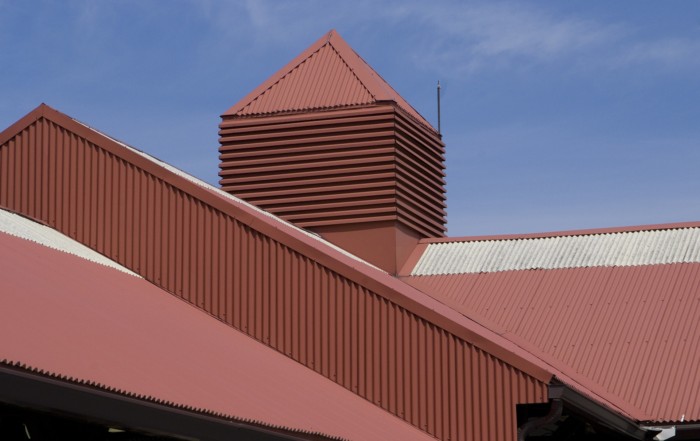Once a leak is evident in your home, the water may have travelled quite a distance. It’s important to understand that because water will always follow a path of least resistance through the roof, eaves, and framing, that the location of a drip or stain may not be directly correlated with the location of the leak itself.
To find roof leaks, you may need to climb on the roof. As an alternative, if your attic structure is accessible, you can often find the leak from the interior as well.
Here is some guidance as to how to find roof leaks in your Sarasota home.
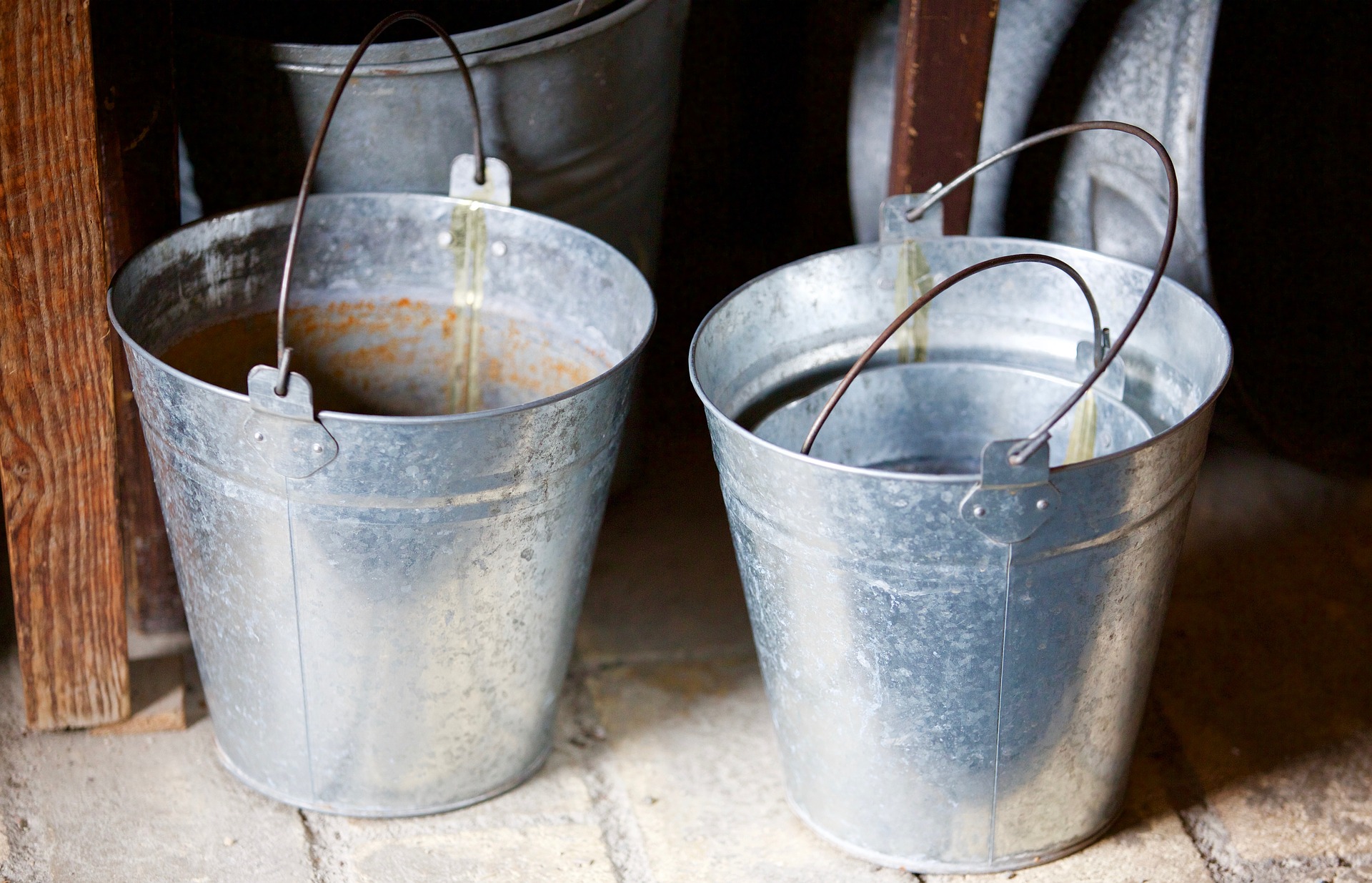
Find Roof Leaks in the Likeliest of Places
- Valleys: A roof valley is defined as a line where two roof planes intersect. A roof valley is prone to leaks, especially with an aging roof. Rainwater accumulates and flows through the roof valley on its journey towards the gutters; if the roof was not constructed properly and the shingles or tiles are not properly installed, you may find leaks prevalent in the valleys.
- Shingle Field: We admit that it seems obvious that the roof leak can be found on the main section of the roof. But if you are looking to determine the source of the leak, look across the roof for any areas of deterioration. Tiles which are losing granules, curled, broken or missing are likely locations for vulnerabilities and leaks.
- Flashings: There are several types of flashings used on your roof, and any one of them could be the source of your leak. Step flashings are located where a roof slope climbs alongside a vertical structural wall. As each row of shingles is installed, a step flashing is installed over the shingle next to the wall. A portion of the flashing turns up on the wall and the other portion gets covered by the next row of shingles. If you see any rust, deterioration, or holes on the flashing, that may be the source of your leak. Missing flashings are obviously cause for investigation as well. Another type of flashing, vent flashing, incorporates a rubber seal with an aluminum flashing, and the rubber can fail in as little as a decade. Cracked rubber may indicate the source of the leak.
- Skylights: Any penetrations or holes cut in the roof could be an obvious source of roof leaks. Check for condensation, wet areas, staining, or drips after a heavy rain. You can also determine if there is a leak during the dry season by having a friend run a hose directly onto the skylight, and to see if there is any water intrusion.
- Non-Roof Leaks: Sometimes the source of the leak is not on the roof at all. Roof condensation caused by high humidity and too little insulation around your a/c ducts could also cause moisture problems for you. If you cannot locate a roof leak, you may wish to look in the attic for either sweating ducts or soggy insulation.
Roof leaks can cause serious issues – whether they affect the integrity of the roof itself, or cause interior damage to framing, drywall, or insulation.
Don’t ignore any signs of trouble – instead, find roof leaks as quickly as possible to minimize further problems.
If you need a residential roof repair – or need us to inspect the roof for any sign of vulnerability – call Avery Roof Services today.



